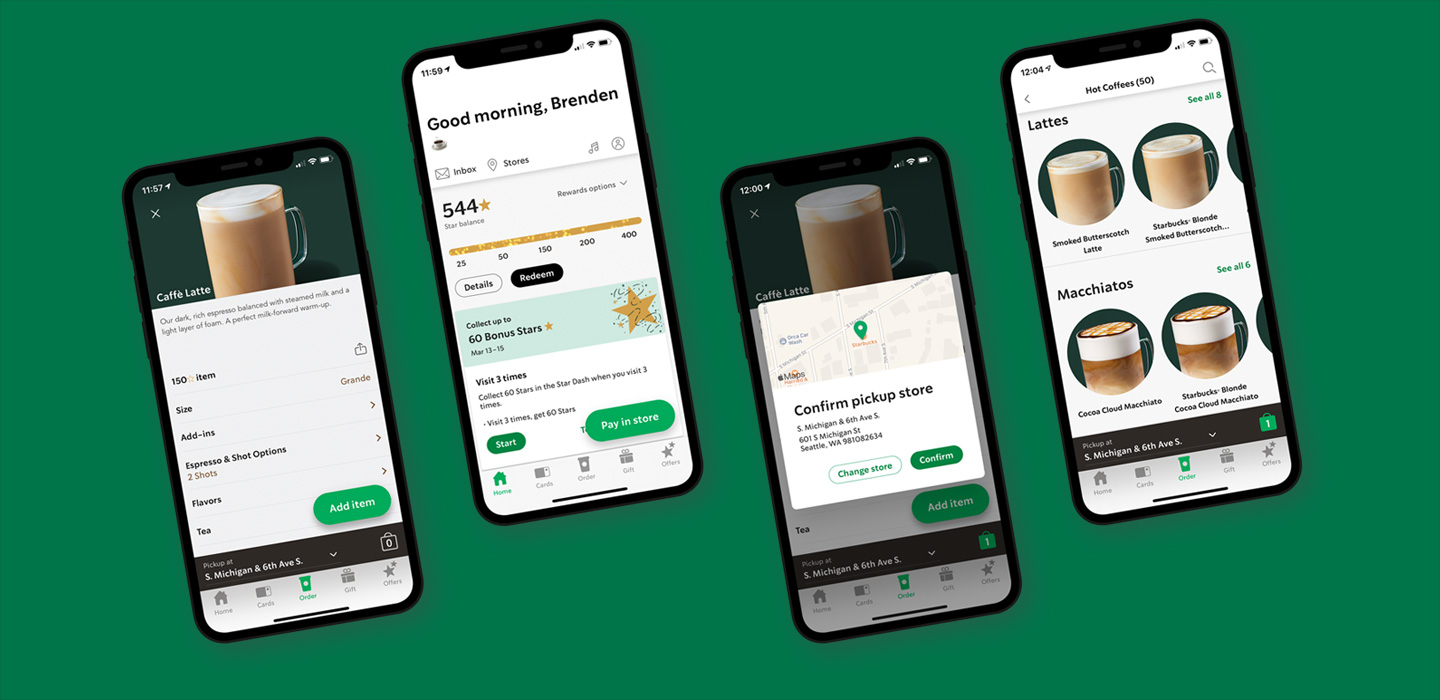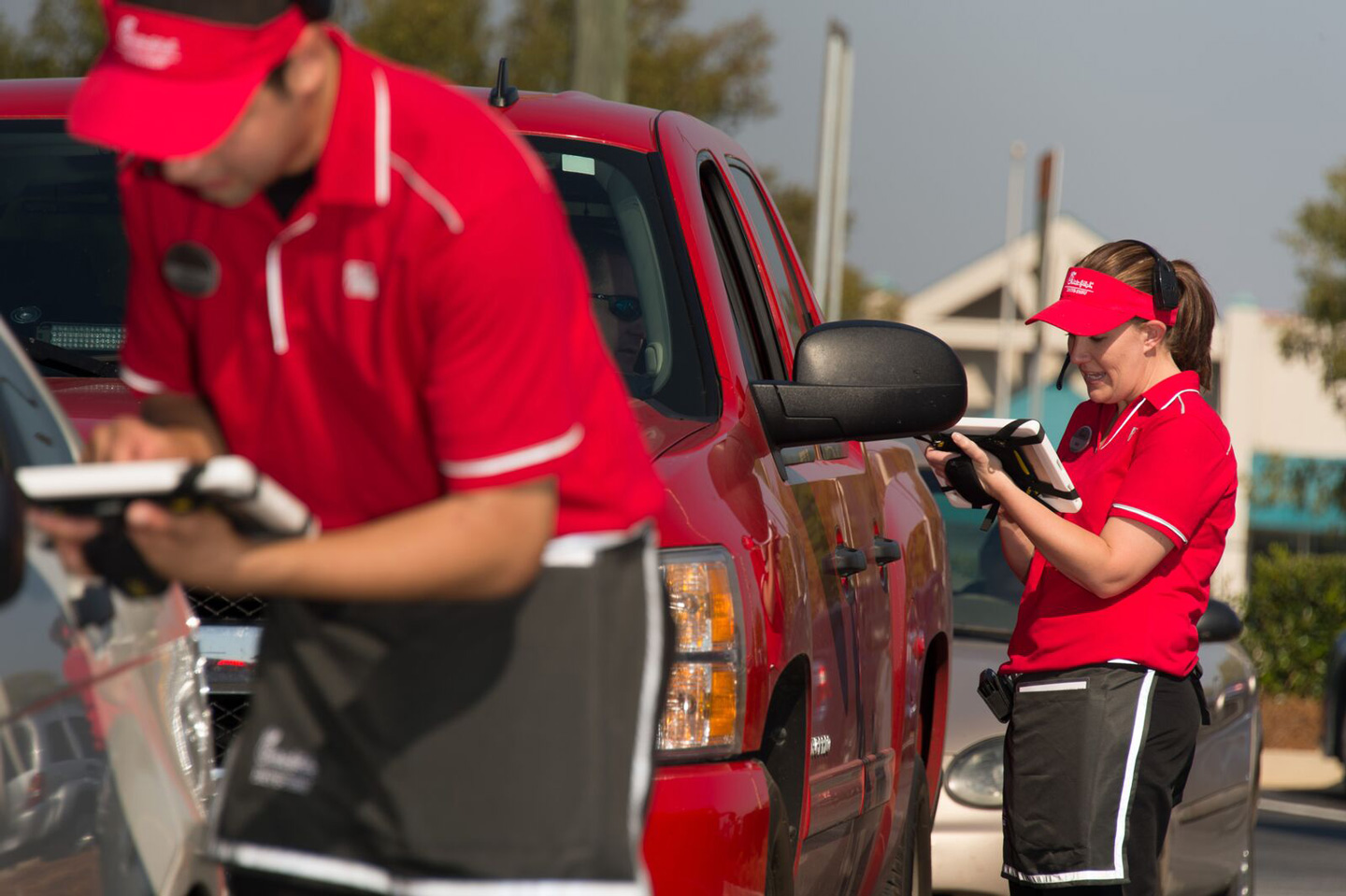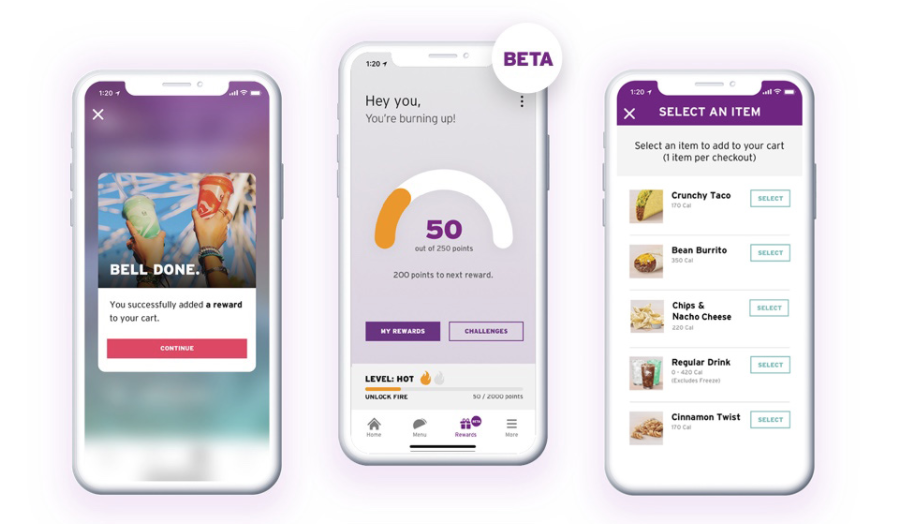Earlier this month, McDonald’s announced their “Accelerating the Arches” growth strategy with three core focuses: digital, delivery, and drive thru. In August, Taco Bell released their “Go Mobile” concept designed to create a seamless, digitally-integrated customer experience. Other large QSR brands including Wendy’s, Shake Shack, and Burger King also recently shared versions of drive-thru only setups, with a focus on improving digital connectivity at their existing locations.
Convenience and efficiency were the winners of the 2020 QSR marketplace, and brands large and small are quickly pivoting to respond. Many QSRs are closing a number of their locations and letting digital transactions do the heavy lifting of getting them back to revenue goals. But how will these business-level changes affect their in-app experiences?
Here are five QSR app trends to observe—and perhaps implement yourself—through 2021 and beyond.
Improved drive-thru and curbside service
With the enhancement of mobile connectivity and ordering, new doors for QSR order retrieval are opened. The opportunities coupled with consumers’ desire for a more contact-light experience means drive-thru and curbside pickup options are a top focus for QSRs in 2021.
McDonald’s’ new dual drive-thru focus for mobile orders.Dual drive-thrus will become more popular, with many QSRs offering dedicated drive-thru lanes or parking spots dedicated to mobile ordering. Expect new “smart kitchen” technology that alerts employees to prep orders when customers are nearby.
These improvements will not only improve wait time for customers, but will allow QSRs to deliver their food in a more appealing way: hotter, customized, better presentation, etc.
More connected digital touchpoints
Consumers expect hyper-personalized digital experiences. As digital leads the way for QSR brands into 2021 and beyond, the expectation for dining experiences tailored around personal preference will only continue to grow.
QSRs are building more advanced, connected data platforms that allow them to identify individual customers based on behavior, unique ID, etc. The more connected these digital touchpoints are, the more personalized an experience a QSR can provide.

Flexible payment options
Contactless payment exploded in 2020, and consumers are becoming more comfortable in a cash-free environment. Completing a purchase through an app is one of the easiest ways to pay for a meal before picking it up, and we expect more QSRs will continue adopting this payment option.

In-person assistance to assist digital progress
While a focus on digital transformation is clearly the future for QSRs, not all customers will ever be “ready” for it. And the best in the business know that.
Taco Bell and Starbucks both recently noted that they’ll include “concierge bellhops” in their future drive-thu experiences to help take orders and walk customers through changes to the ordering process—something that In-N-Out and Chick-fil-A have been doing for years.

Prioritization of mobile loyalty programs
Although most large QSRs already have some form of loyalty program, expect to see brands refocus on them in 2021—with an emphasis on accessing rewards via mobile.

With the expectation of personalized experiences wherever digital experiences exist, we’ll also see QSRs offer a deeper level of customization in what and how customers are ordering through their apps.
But none of this will succeed without listening to and acting on customer feedback
The trends outlined above are all driven by the same thing: consumer needs changed, and the trends are calculated business responses to the changes. Consumers have clearly told brands the way they want and need to interact with them, purchase from them, and stay loyal to them has changed post-COVID. And it’s up to the brands to make sense of what that means for their unique customer base in order to make adjustments accordingly.
The world’s most competitive QSRs listened to their customers and dramatically altered their product roadmaps as a result—with digital transformation zooming ahead of most other plans. Unfortunately, most QSRs are nowhere near this level of listening to and acting on customer feedback.